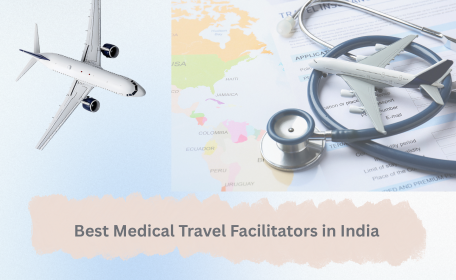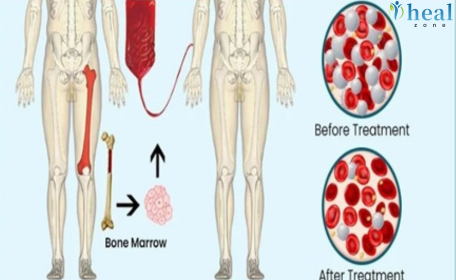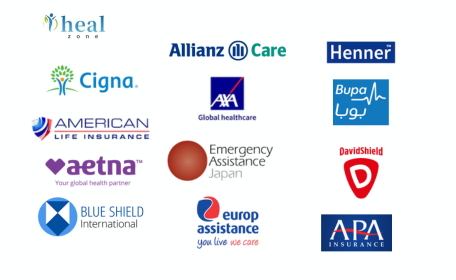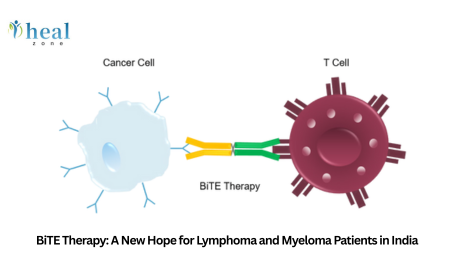What is Gastric Banding and How Does it Work?
Gastric banding is a type of bariatric (weight-loss) surgery designed to help patients with morbid obesity lose excess weight by physically limiting food intake. The procedure involves placing an adjustable silicone band around the upper part of the stomach, creating a small pouch above the band and a larger part below. This smaller upper pouch limits how much food a person can eat at one time, promoting a feeling of fullness with less food.
As the band is adjustable, it can be tightened or loosened post-surgery by injecting or removing saline through a port placed under the skin. This customizability ensures optimal weight loss and reduces complications.
How It Works:
- Reduces stomach capacity
- Slows digestion
- Enhances satiety with small meals
- Does not involve cutting or stapling the stomach
- Can be reversed if necessary
Who is a Candidate for Gastric Banding?
- Body Mass Index (BMI) ≥ 40
- BMI ≥ 35 with obesity-related conditions (e.g., type 2 diabetes, hypertension, PCOS)
- Aged between 18 and 65 years
- Have tried diet and exercise without long-term success
Comparison with Other Bariatric Procedures:
|
|
|
|
|
|
|
|
|
|
|
|
|
|
|
|
|
|
|
|
|
|
|
|
What Are the Types of Gastric Banding Surgery Offered in India?
India offers the latest types of laparoscopic gastric banding surgeries, performed by experienced bariatric surgeons using FDA-approved medical devices. The procedure is tailored based on the patient’s health profile and weight-loss goals.
Types of Gastric Banding Procedures:
Adjustable Gastric Banding (AGB)
The most common method, using a saline-inflatable band that can be adjusted post-surgery.
Single-Incision Laparoscopic Surgery (SILS)
A minimally invasive technique performed through a single incision at the navel for better cosmetic outcomes.
Multi-Port Laparoscopy
Traditional laparoscopic approach using 3–4 small incisions.
Robotic-Assisted Gastric Banding
Some hospitals in metro cities like Delhi, Chennai, and Mumbai offer robotic precision for complex cases.
Devices and Brands Used:
- LAP-BAND® (Allergan)
- REALIZE® Band
- Ethicon Adjustable Band
- All tools used are US FDA or CE certified, ensuring patient safety.
What Is the Detailed Treatment Protocol in India?
Foreign patients choosing gastric banding in India go through a comprehensive yet streamlined treatment plan, often completed in 7–10 days with Healzone’s assistance.
Pre-operative Phase:
- Initial video consultation with the surgeon
- Blood tests, chest X-ray, ECG
- Psychological evaluation and nutritionist assessment
- Medical fitness clearance
Surgical Procedure:
- Performed under general anesthesia
- Laparoscopic (keyhole) method
- Duration: 30–60 minutes
- 2–3 small incisions made for surgical instruments
- Silicone band placed and secured
- Injection port inserted under skin for future band adjustments
Hospital Stay and Recovery
- 1–2 nights of hospital stay
- Discharge within 48 hours in most cases
- Return to light activities within 5–7 days
Post-Surgery Diet Phases:
|
|
|
|
|
|
|
|
|
|
|
|
|
|
|
|
|
|
|
|
|
|
|
|
Long-term Follow-Up:
- Regular band adjustments every 4–6 weeks
- Monthly virtual check-ins with the dietitian
- Weight-loss progress monitored over 12–18 months
Why Should Foreign Patients Choose India for Gastric Banding?
India is a world leader in affordable, high-quality bariatric surgeries, making it a preferred destination for foreign patients seeking effective weight-loss solutions. Medical tourism in India is thriving due to:
Key Reasons to Choose India:
- Cost Advantage: Surgery in India costs 60–70% less than in Western countries.
- Accredited Hospitals: Many hospitals are JCI and NABH-certified, adhering to global standards.
- Experienced Surgeons: Bariatric specialists in India have international training and fellowships.
- Minimal Wait Times: Faster appointment scheduling and quicker procedure timelines.
- Cultural Comfort: Multilingual support, special dietary arrangements, and global patient lounges.
- Visa & Travel Support: Easy-to-obtain medical visas and complete logistics handled by Healzone.
Why Healzone Medical Tourism?
Healzone provides complete care coordination from consultation to post-op recovery:
|
|
|
|
|
|
|
|
|
|
|
|
|
|
|
|
|
|
Healzone ensures your weight-loss journey in India is safe, smooth, and successful.
What is the Cost Breakdown of Gastric Banding Surgery in India?
In India, gastric banding surgery typically costs between USD 5,000 and 7,000, which is significantly more affordable than in Western or Southeast Asian countries. This cost includes the full treatment cycle – from diagnosis and surgery to post-op care.
Here’s a comprehensive breakdown of the expenses:
|
|
|
|
|
|
|
|
|
|
|














